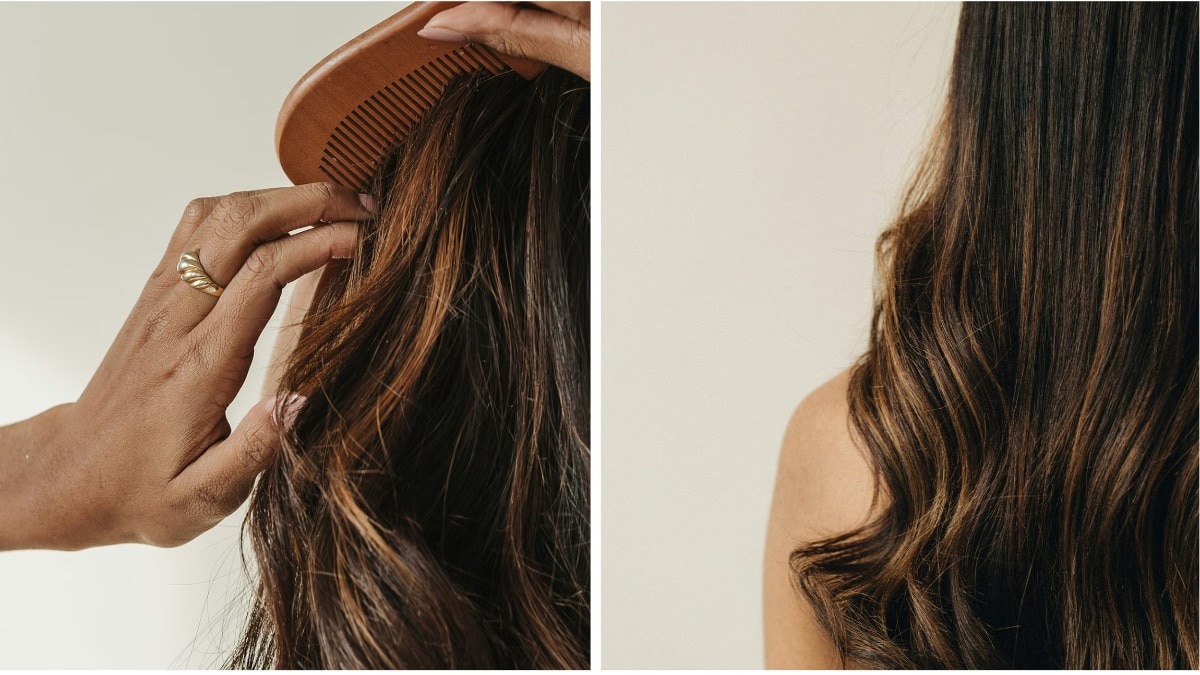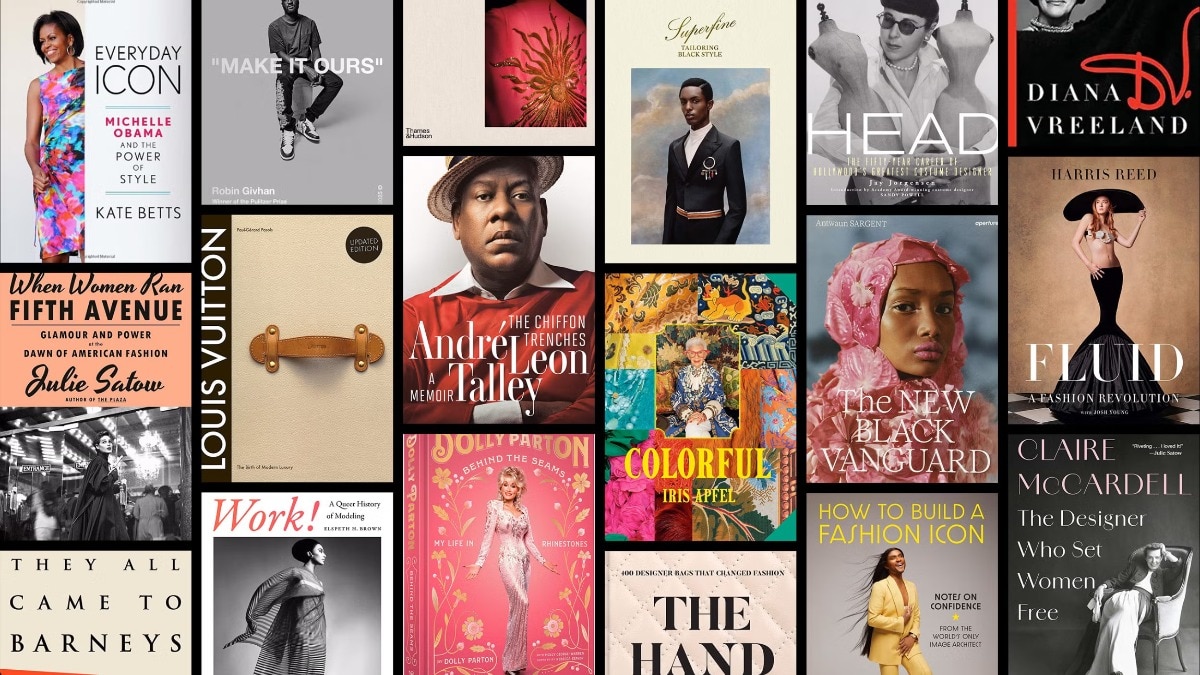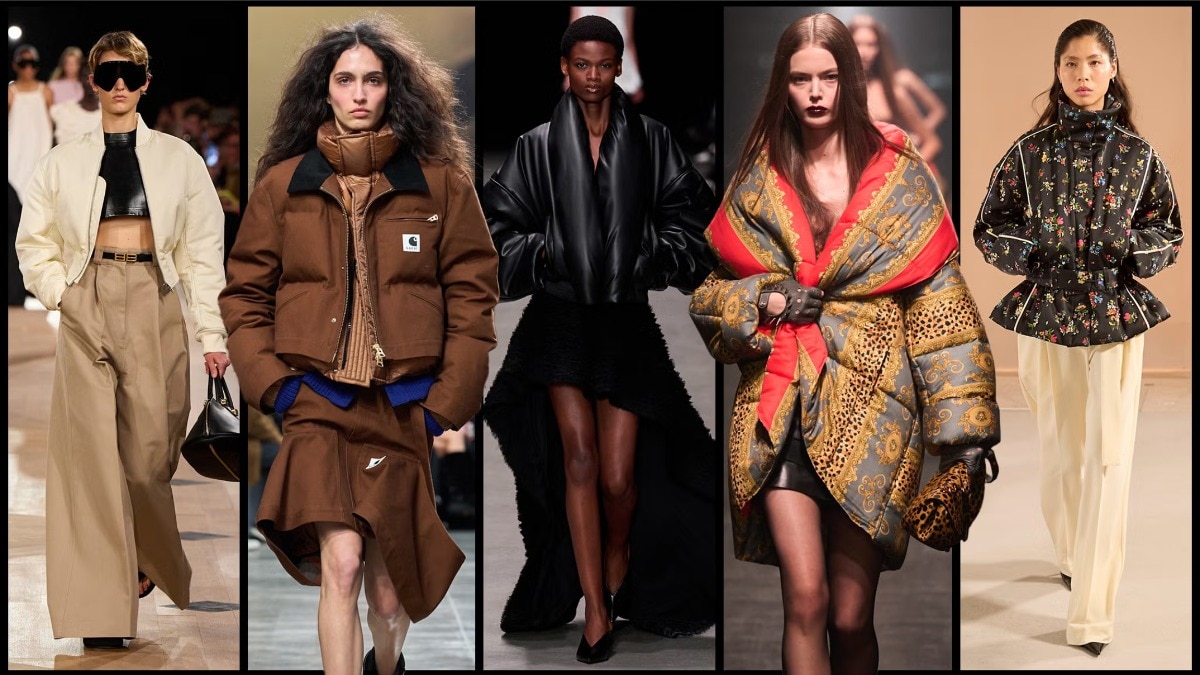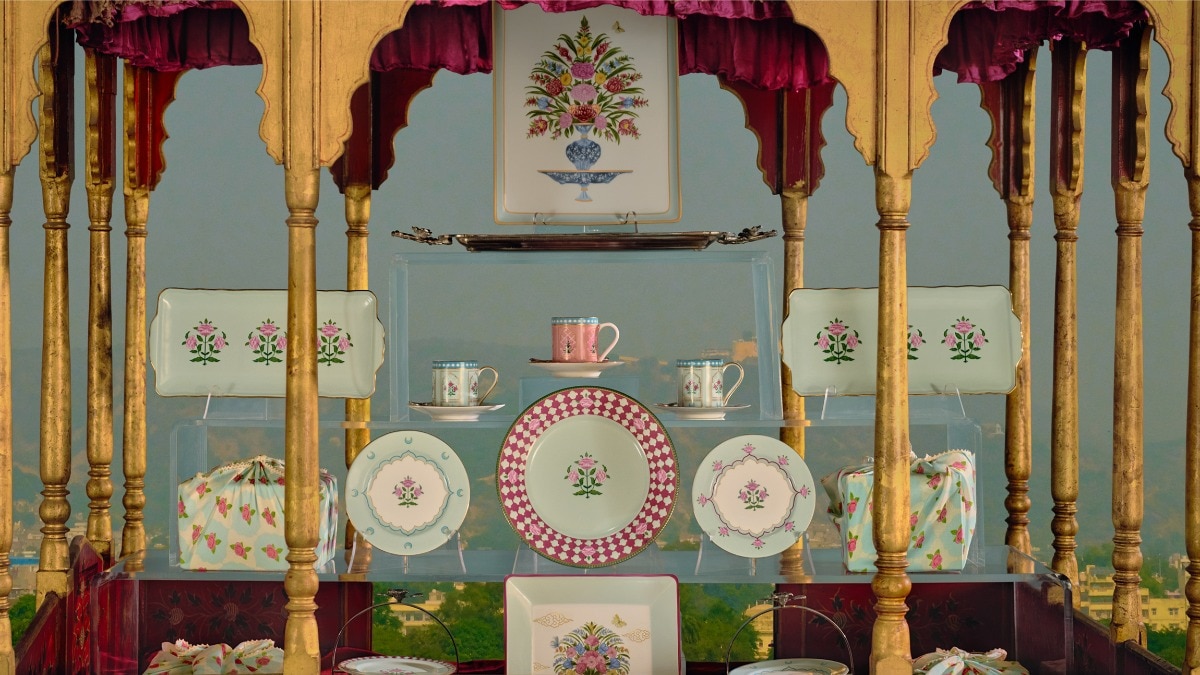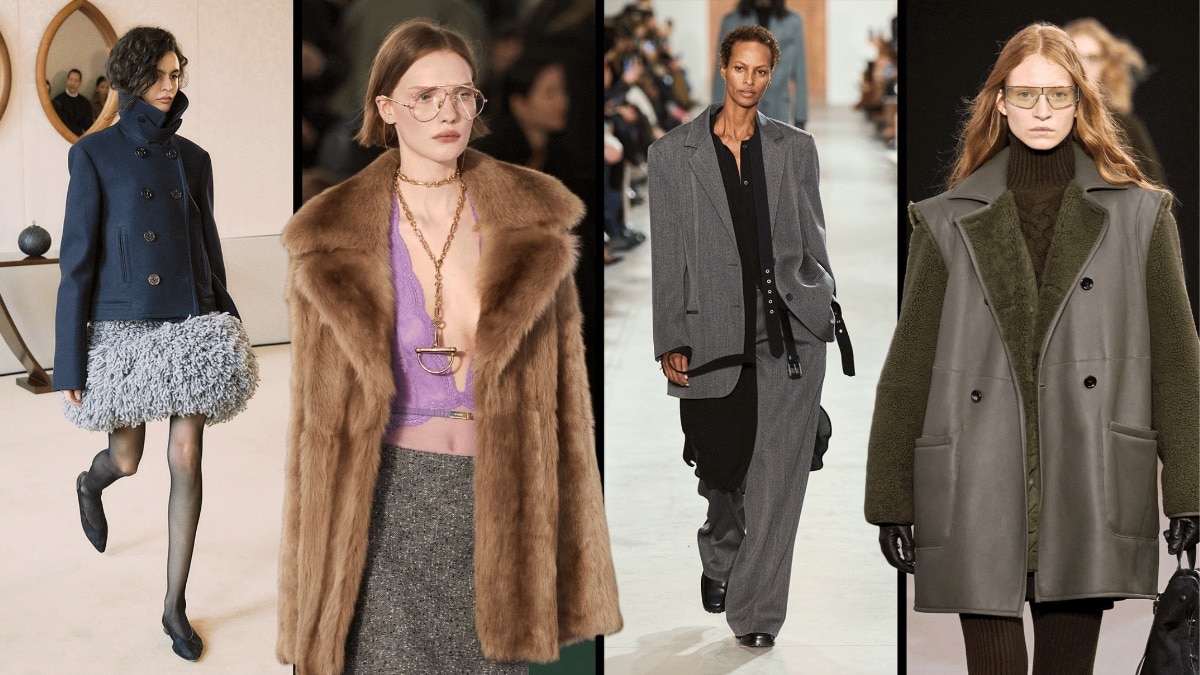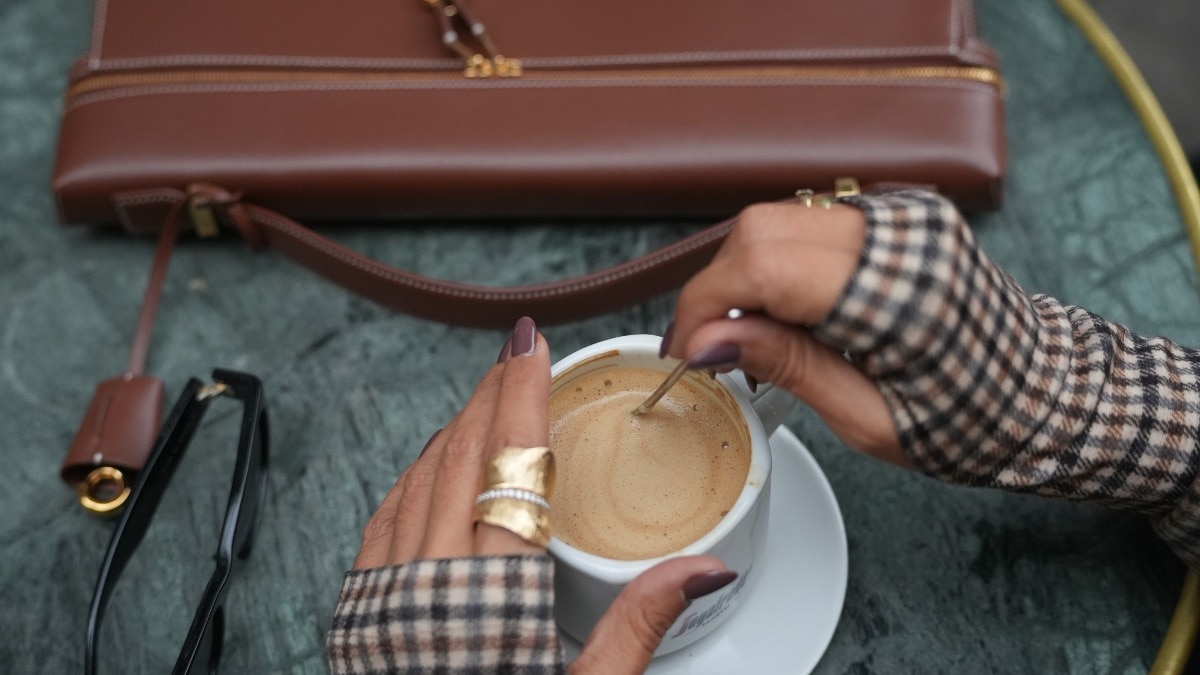So you got a bad bob. Now what?
Expert hairstylists explain how to bounce back from bob regret.


We’ve all been there: You ask for a bob at the hair salon, thinking shorter hair will reveal some better, fresher, more sophisticated version of you. But when you go to style the chop at home, you realize that the new you in the mirror looks like a little boy wearing a cheap Halloween party wig. You miss buns. You miss ponytails. You miss your long hair.
Bobs are trending right now, but they’re not always ideal for everyone—especially if you aren’t well-versed in short-hair styling. “At the salon, you’re getting a professional blowout: brushes, products, and techniques that most people aren’t doing at home. A bob’s precision really shows when it’s styled smooth, curled under, or waved just right,” says hairstylist Sean Michael, owner of Salon Beau. Celebrity hairstylist Alyx Liu agrees: “At home, you’re not always able to reach all areas of your bob, which may be hard to control that texture at shorter lengths, and even sleeping on a bob can cause it to lie and sit differently.”
Why Bad Bobs Happen to Good People
Most of the time, a bad bob can be stopped before the first snip of a scissor. “One of the biggest mistakes is showing a picture of a haircut that doesn’t match your hair type, face shape, or lifestyle,” Michael warns. “A blunt bob on fine hair versus thick hair is a completely different look and maintenance level.” To get the best cut for you, find an inspiration photo that matches not just the length you like but also your hair’s natural texture. Consider how the hair in the photo was styled as well: Was it flat-ironed? Blown out? Air-dried?
Celebrity hairstylist and colourist Dimitris Giannetos says technique also matters: “One of the most common mistakes when cutting a bob is adding too many layers. A bob has to be blunt, but at the same time, your stylist has to texturise the ends. Your stylist can use a razor, but if the hair is very fine, I don’t suggest it.”
Don’t be afraid to speak up if you hate your haircut while it’s still happening. “Sometimes it’s just a styling tweak or small adjustment that can completely change how it looks. Book a follow-up with your stylist and be honest about what’s not working,” Michael says. “We’d much rather help fix it than have you live with a haircut you’re unhappy with. In some cases, adding texture, bangs, or a bit of face framing can make all the difference while you grow it out.”
How to Style a Bad Bob
If you didn’t hate your bob until you got home, your styling routine might be to blame. “When styling, a lot of people skip using the right product, but it’s a key element in the styling process. A bob needs heat protection, smoothing cream, or a light mousse to hold its shape,” says Michael. “If you over-straighten or flatten it, you lose all the movement that makes it chic.” Before you leave the salon, ask your stylist for a tutorial and product recommendations.
How to Grow Out a Bad Bob
The only thing worse than getting a bad haircut is waiting for it to grow out—but both experts say there are tricks to speed the process along. It sounds counterintuitive, but you need more haircuts, not less. “As the bob grows, I would add strategic layers or change the angle so it feels intentional instead of awkward,” says Michael. “Waiting too long between trims can leave you with a bulky, unflattering grow-out. A little maintenance every eight to 10 weeks keeps it looking fresh.”
Giannetos agrees: “The most important tip to help hair grow after a bad haircut is to keep up with frequent trims.” He advises a trim every four to six weeks “to keep the shape of your bob or to help it grow out gradually.” His favourite way to disguise an awkward length is both free and easy: Tuck the hair behind your ears. “When the hair is tucked back, you can create the illusion that the hair is longer,” he explains.
It can be tempting to try extensions if you’re desperate to return to long hair, but Liu stresses caution there. “Let it be and let it grow out. Put it in a low bun or claw clip and leave face-framing pieces out to hide the length while it grows out,” Liu says. “I would advise against extensions if you can bear the shorter hair. Put a headband on and keep it out of your face, tuck it behind your ears, and find a way to work it as it grows out. Extensions can often inevitably cause breakage and slow the hair-growth process quite a bit.”
All three experts emphasise the importance of overall hair health and scalp health in helping your hair recover more quickly from a bad haircut. “Use a gentle shampoo, deep-condition your hair weekly, and protect it from heat,” says Michael. “A silk pillowcase can help with breakage. Resist the urge to constantly flat-iron or pull it into a super-tight ponytail, as both can cause breakage.”
Avoid split ends at all costs, Giannetos says, if you want longer hair. “Once the ends are split, it can split higher and higher unless you get it cut. So when you finally do get it cut, your hairstylist will have to cut the hair shorter to remove the split ends,” he says. “There are also some great products you can use that help promote healthier-looking hair, like L’Oréal Paris Elvive Total Repair 5 Damage Erasing Balm and Lemme Grow Capsules.” Liu’s favourite product for hair health is a leave-in conditioner, which helps keep the ends hydrated and prevents breakage. “My favourite right now is the BEING Major No Frizz Leave In Conditioner, which enhances my current hair and keeps it hydrated with jojoba oil and almond oil,” they say.
Lead image: Getty
This article originally appeared on harpersbazaar.com
Also read: What is the Riviera Bob? Celeb hairstylists break down the latest short hair trend
Also read: The slicked-back bun is back on top—and more versatile than ever. Here's how to style it

